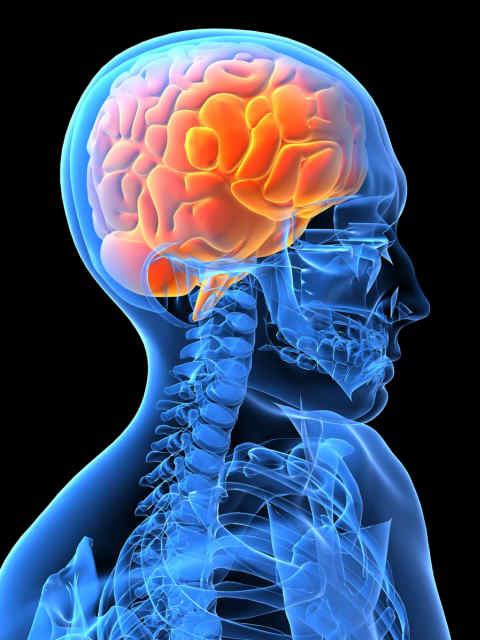
Introduction
Game companies have always focused considerable effort on interpreting players’ feelings and thoughts regarding their games. Current solutions mostly consist of quantifiable market research methods such as surveys, in-depth interviews, or focus groups. While these methods may extract information about player opinion and satisfaction after playing the game, there are hardly any instinctive tools which allow immediate measurement of player responses during game play. Perhaps psychophysiology, which has been applied in other industries for some years, will provide a suitable method to aid us in correctly interpreting player responses so that we may improve the user experience.
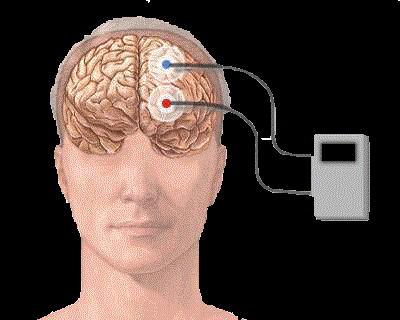
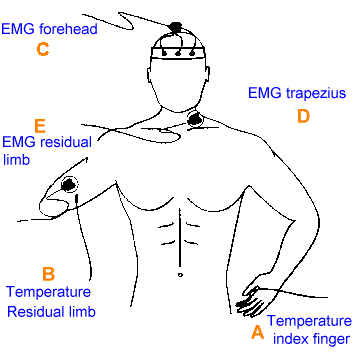
What’s Psychophysiology
Psychophysiology is a branch of psychology which originated between 1960 and 1970. The basis of its theory lies in interpreting subconscious modes through the physiological response signals which the human body produces. In other words, it evaluates a person’s emotions and psychological state through his or her bodily functions. For those responsible for game testing and research, psychophysiology is a research method which extracts data directly from player responses and not subjective ways such as surveys or interviews. In addition, another advantage of psychophysiology is that emotions and responses which the subject does not even realize can be uncovered through measurement of physiological signals, without any halts in the testing process.
Psychophysiological Measures
Before introducing the tools used to measure psychophysiological indicators, we must first differentiate between emotions and feelings. Many studies nowadays have pointed out that emotions and feelings are two different concepts. Emotions mainly refer to the psychological state of one’s body, which can be measured through physiological signals. For example, a heightened heart rate can indicate excitement. Feelings refer to the emotional state that the body senses. In other words, the body may be in a certain emotional state without even realizing it. Psychophysiology mainly measures emotions as indicated in the human body.
Below is an overview of the main measurement tools in the current psychophysiology field:
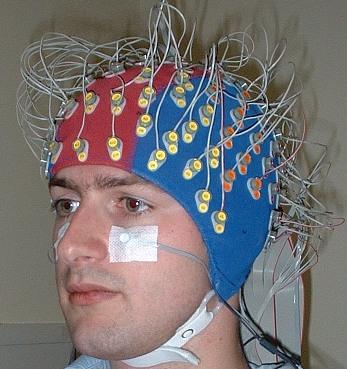
1. Electroencephalogram (EEG)
Electroencephalography is currently the simplest tool to measure activity of the central nervous system in the human body. Unlike what was used in the past, functional magnetic resonance imaging (FMRI), which required that testing be done with the subject laying down an expensive machine, this method places electrodes on the subjects scalp to measure the electric waves which the human brain emits. This includes α waves (which indicate a calm, conscious state), βwaves (which indicate a more focused, nervous state), δ waves (which indicate sleep), and θ waves (which indicate a state that is more relaxed than α waves).

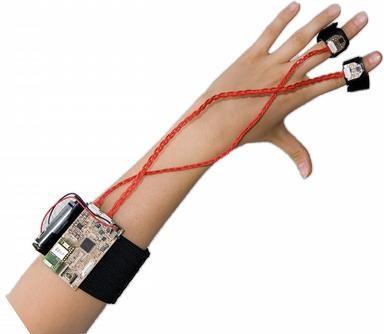
2. Electromyography (EMG) Like the electroencephalogram, electromyography detects muscle activity in the human body. This includes muscle tenseness and relaxation. In particular, face electromyography can aid in the measurement of user facial expressions during the testing process to further determine the emotional responses they represent. The facial muscles that are usually tested via electromyography include: 1. The brow: to see if negative emotion is expressed through a furrowed brow. 2. Cheeks: mainly the cheekbones, which can express laughter or surprise. 3. The area around the eyes: mainly measures joyous and happy emotions.
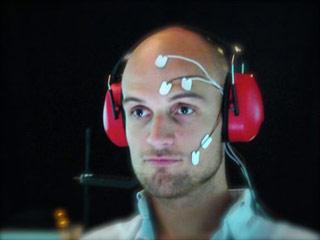
3. Electrodermal Activity (EDA)
The test of electrodermal response mainly measures the changes in skin conductivity. This is a good indicator of emotional responses, as skin conductivity increases when one is nervous, because activity of the sympathetic nervous system increases and more sweat is secreted. Usually, the device measuring electoral dermal response is installed on two of the subject’s fingers. It is one of the psychophysiological measurement tools that is easiest to set up and lowest in cost, most well-known for its applications in lie detection.4. Heart rate Variability (HRV)
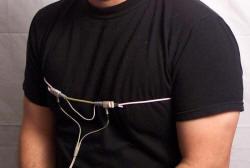
Through measuring how many times the heart beats per minute, one can also detect the emotional states of the human body. When under rage or stimulation, the number of beats per minute increases. There are a wide variety of tools to measure one’s heart beat on the market, and they can be purchased in regular sporting goods or bodybuilding equipment stores.5. Respiration measurement
Relatively speaking, respiration measurement is a simple and inexpensive method. Usually, a respiratory band is strapped around the subject’s chest, which also measures heart rate. Generally speaking, the human body will increase respiratory frequency when it is active or if work load is increased. However, sometimes people will also hold their breath in preparation for a certain important or exciting event like battle or flight. This occurs more commonly in games that are fast-paced and stimulating.
Games and Psychophysiology
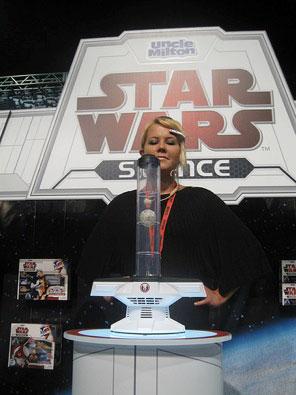
Games and Psychophysiology
As of now, applications of psychophysiology mainly remain in medicine and psychological studies. However, it has recently found applications in consumer studies. In particular, psychophysiology serves as the best tool to observe the user’s psyche and emotions for software and game development. This helps researchers by providing user feedback and response data related to design elements, which also helps the development team improve product design. There are two main advantages to the application of psychophysiological measurements in user testing during game design. Firstly, it can measure the signals from a player’s body without interrupting game play during the testing process and further determine the user’s emotional states. Secondly, the measurements can revel emotional responses that the player is not even aware of. According to recent studies, subconscious emotional responses can still have an impact on user behavior.
In addition, companies are beginning to design games based on the principles of psychophysiology. For example, brainwave detector manufacturer NeuroSky has cooperated with toy companies such as Mattel and Uncle Milton to launch toys one can control via brain waves, like the MindFlex and Star Wars Force Trainer. In addition, NeuroSky is cooperating with game company Square Enix in the joint development of a brainwave controller with gaming applications. Brainwaves can be detected via a device on the users forehead, which can then be translated into control commands within games.
Conclusion
Currently, the application of psychophysiological techniques in game development is still at a primitive stage. There are many difficulties and issues to overcome for practical applications, such as the need for more scientific studies to verify the interpretation of physiological signals in the human body. This will ensure signal accuracy and prevent subjective interpretations which may vary with each researcher. As the installation of measuring tools can be invasive for the user, such as the setup of electrodes or other devices on their bodies, this can affect the test procedure for subjects. Also, the setup cost of these measuring tools remains high. However, as the industry comes to value user experience studies, it is foreseeable that more resources and manpower will be devoted into this field in the future, and measuring tools which are more convenient and comfortable for the user will gradually come to market. The application of psychophysiology in user experience studies will also mature as time goes on.
Reference Videos on Psychophysiology
1. How THiNK Eye Tracking utilizes an eye tracker and other tools to measure psychophysiology in game testing:
2. How the market research firm Gallup & Robinso utilizes psychophysiology measurements to test marketing and advertisements:
3.Star Wars Force Trainer intro video:
4. MindFlex intro video:
https://youtu.be/teLilQfF5qY –
————
Author Intro
Gamania UI Design Center / Anthony CHEN
Applied User-Centered Design (UCD) methodology to the execution and alteration of various projects throughout the group, and dedicated towards promoting and equipping Gamania-made products with the best user experience possible.
————–
